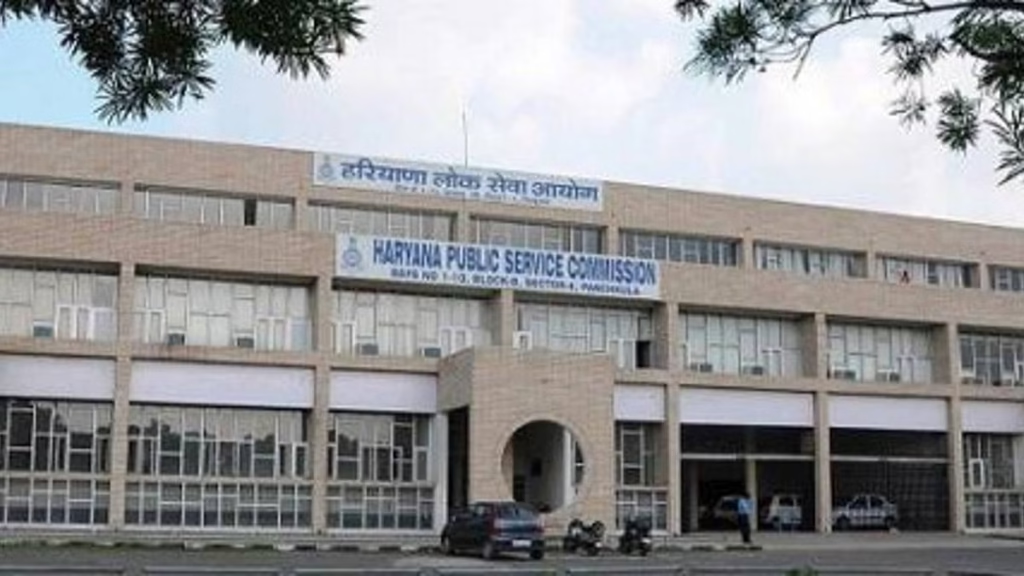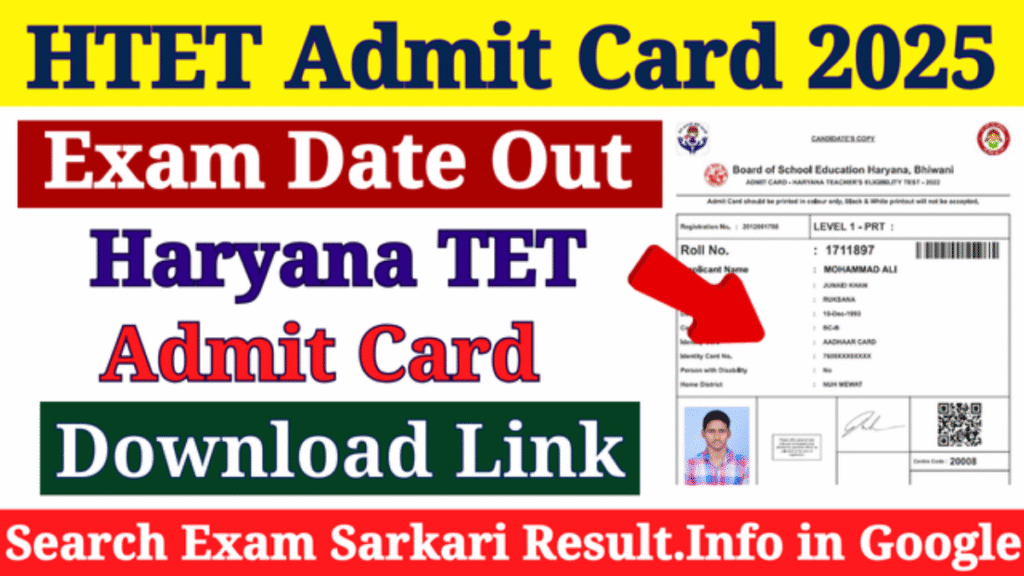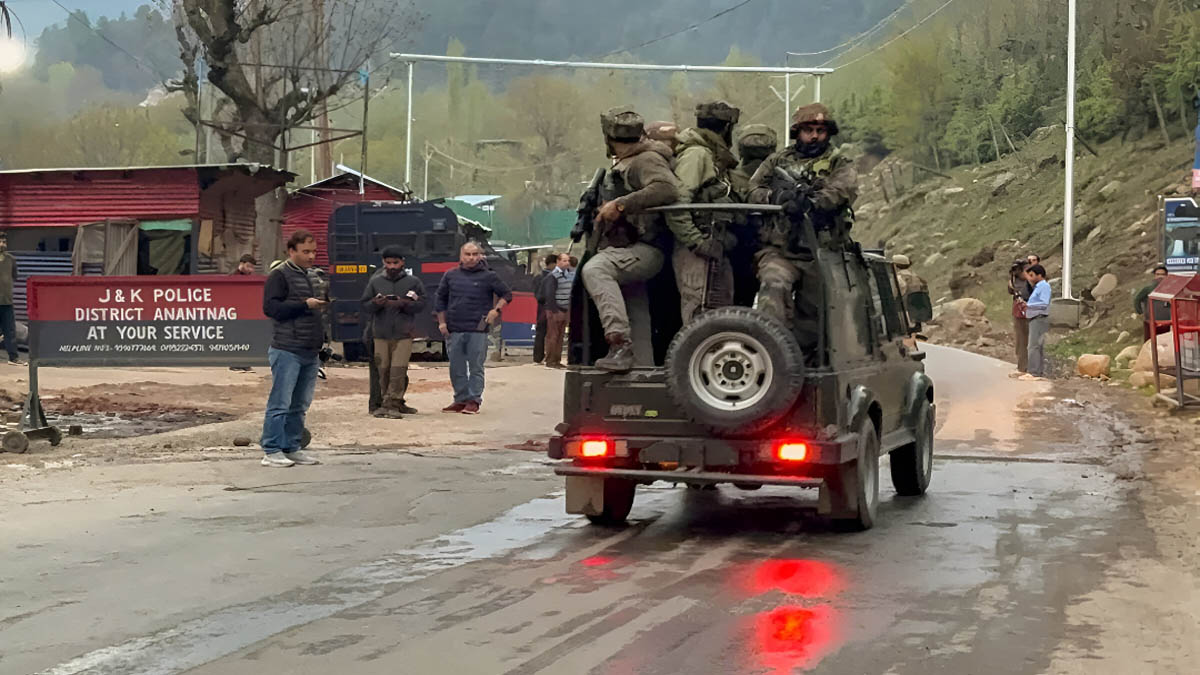Now Reading: NEET-UG Exam: Chandigarh Students Grapple with Tough Physics Section
-
01
NEET-UG Exam: Chandigarh Students Grapple with Tough Physics Section
NEET-UG Exam: Chandigarh Students Grapple with Tough Physics Section

The National Eligibility cum Entrance Test (NEET-UG) 2025, conducted by the National Testing Agency (NTA) on Sunday, May 4, has left several students in Chandigarh feeling overwhelmed, particularly by the physics portion of the examination.
Students who appeared for the crucial medical entrance exam, which serves as the gateway to premier medical colleges including the Government Medical College and Hospital (GMCH) in Sector 32, Chandigarh, reported that the physics section was unexpectedly challenging and time-consuming.
Saurabh, a student who took the exam at Government Model Senior Secondary School, Sector 19, described the physics questions as “lengthy” and anxiety-inducing at first glance. Echoing this sentiment, Deepak Singla, another examinee, also found physics to be the toughest part. In contrast, he felt more confident about the biology section, noting that the questions were largely based on the NCERT textbook.
Kunal Singh, who runs a NEET coaching center in the city, corroborated the students’ experiences. He pointed out that while the physics section in the previous year’s NEET-UG exam was primarily derived from the NCERT syllabus, this year saw the inclusion of questions with difficulty levels akin to JEE Main and even JEE Advanced. Singh anticipates that the overall cutoff for this year’s exam is likely to be lower, with performance in physics potentially becoming the decisive factor, as both chemistry and biology sections were perceived to be largely NCERT-based.
Expert Opinions Align with Student Feedback
Expert analysis of the NEET-UG 2025 paper further supports the claims of a tougher physics section. Many coaching institutes and educators have noted that the physics questions required a strong conceptual understanding, analytical thinking, and multi-step problem-solving skills. There were fewer direct formula-based questions, and many problems demanded the application of concepts from multiple chapters, making them time-intensive.
According to experts, topics such as Mechanics, Electrodynamics, and Thermodynamics in physics had a significant weightage and proved to be particularly challenging for students. The increased complexity in physics, coupled with a chemistry section that was considered moderately difficult due to lengthy and application-based questions, made scoring high marks more arduous this year.
Biology Section Perceived as Relatively Easier but Lengthy
While physics posed a significant hurdle, the biology section (comprising Botany and Zoology) was generally considered scoring, with most questions aligned with the NCERT syllabus. However, students reported that this section was quite lengthy, requiring careful reading and effective time management.
Chemistry Section: A Mix of Theory and Application
The chemistry section was largely rated as being of moderate difficulty. While some theoretical questions were straightforward, a considerable number of application-based questions and the inclusion of multiple correct option questions added to the complexity and the time required to solve them accurately.
Increased Security Measures at Exam Centers
In Chandigarh, stringent security arrangements were in place across the ten designated exam centers, including eight government schools, where over 1,000 students appeared. Around 300 police personnel were deployed to ensure the smooth and fair conduct of the examination. Measures included barricading roads near the centers, preventing unauthorized individuals from loitering, and conducting videography of the proceedings. Biometric attendance of all candidates was also recorded to verify their identity and prevent impersonation.
Potential Impact on Cutoffs
Given the perceived difficulty of the physics section and the overall length of the paper, experts predict a potential dip in the cutoff scores for admissions to government medical colleges this year. The performance in physics is expected to play a crucial role in determining the ranks of the candidates.
As students await the release of the official answer key by the NTA, the feedback from Chandigarh highlights a common sentiment shared by many NEET-UG 2025 aspirants across the country – that physics proved to be the most significant challenge in this year’s examination. The coming days will be crucial as students analyze their performance and await the official results to understand the implications of the paper’s difficulty level on their chances of securing a coveted seat in a medical college.










